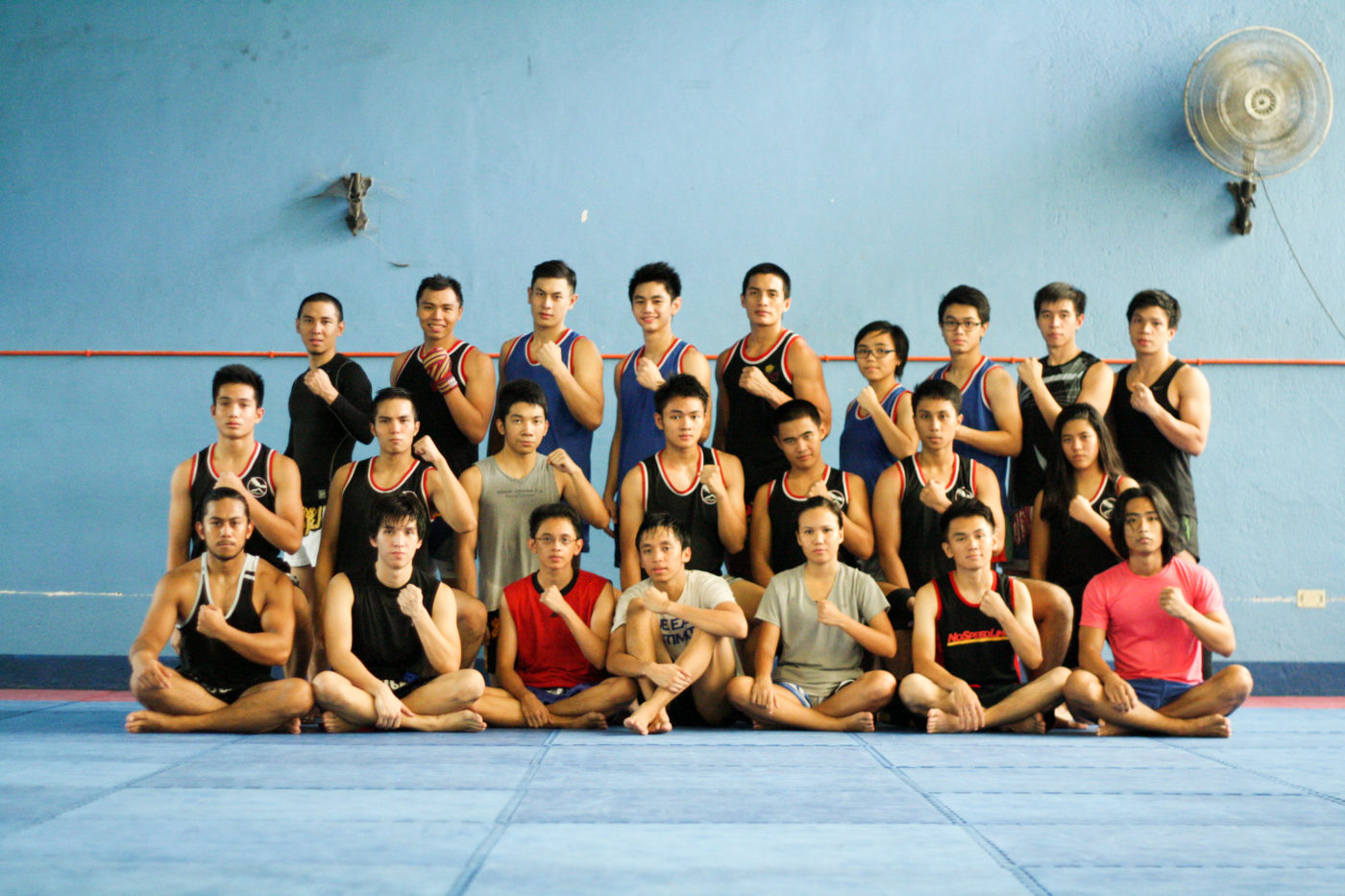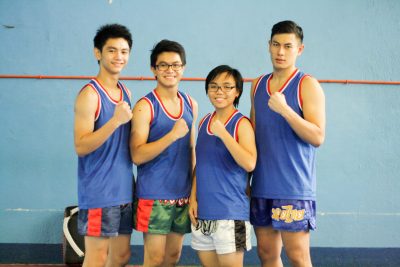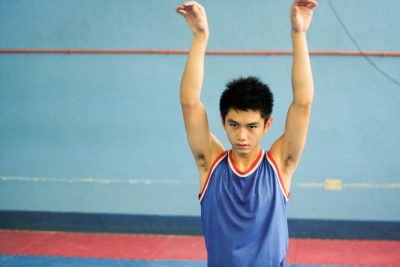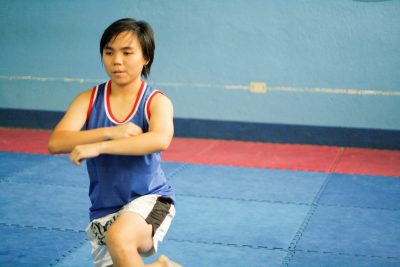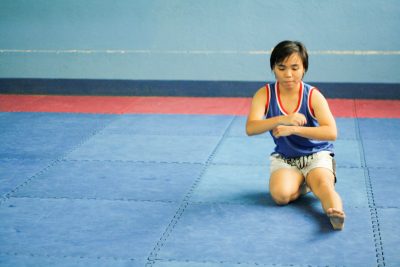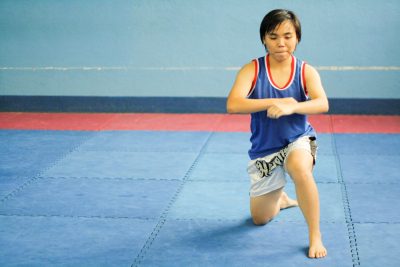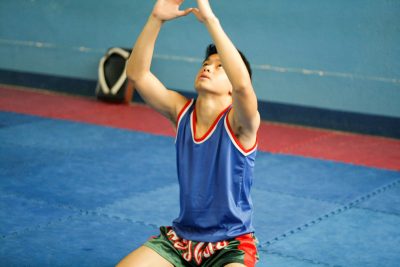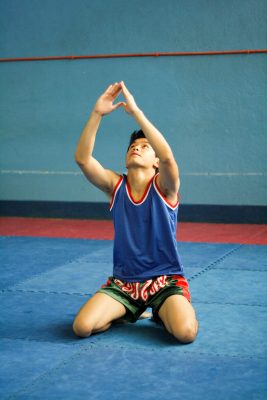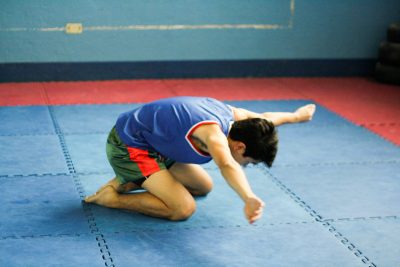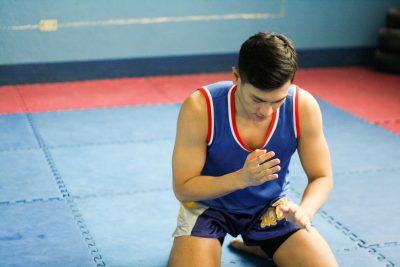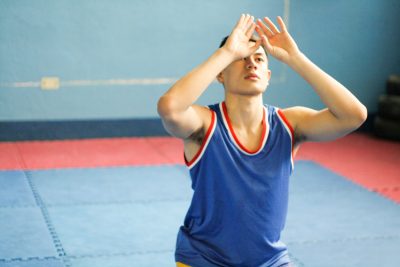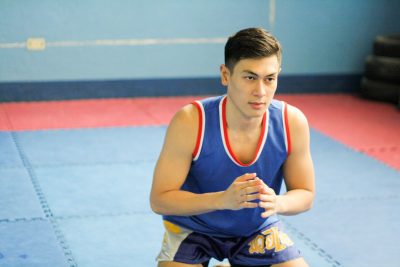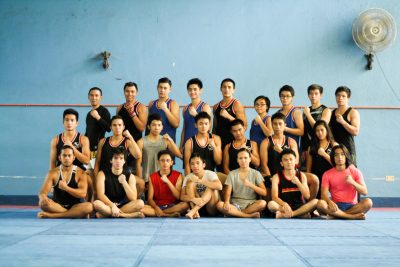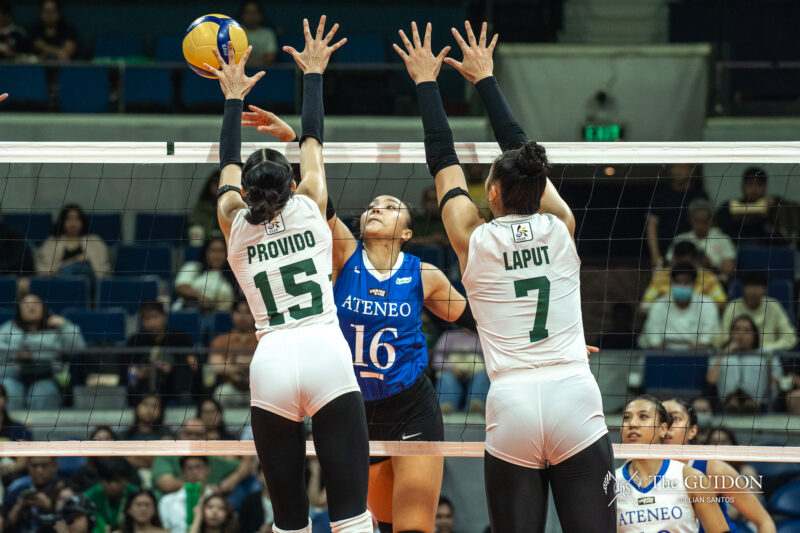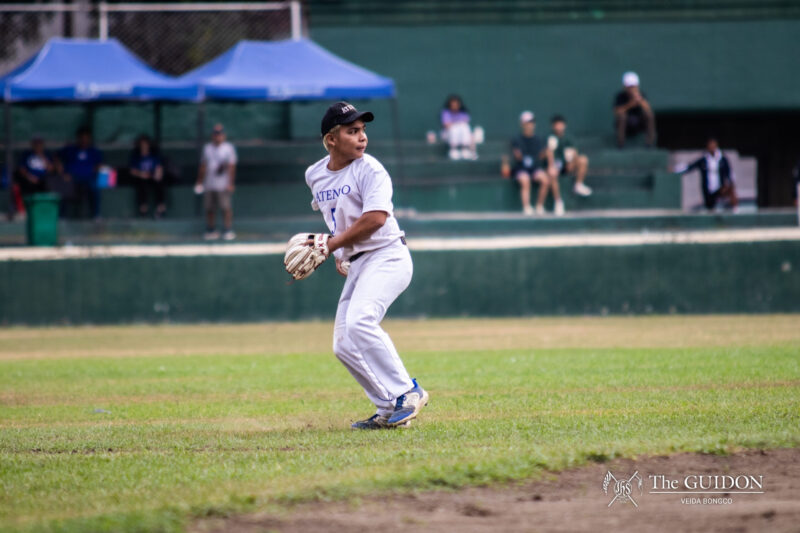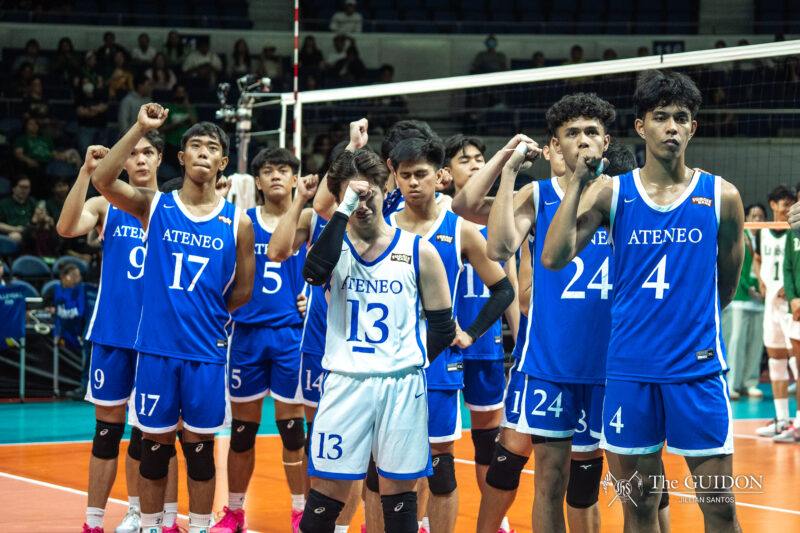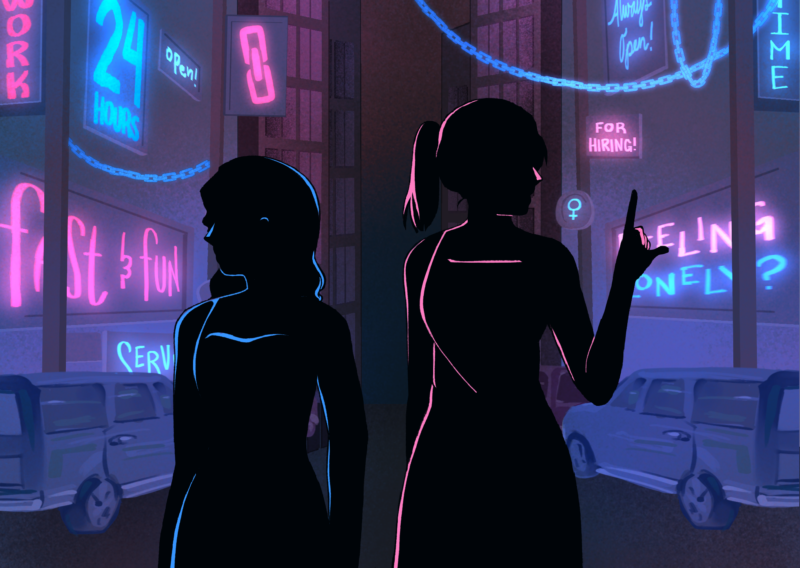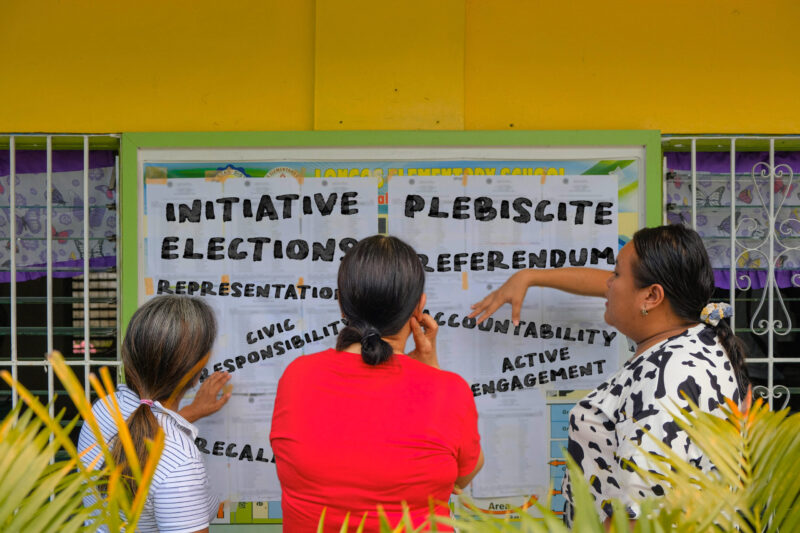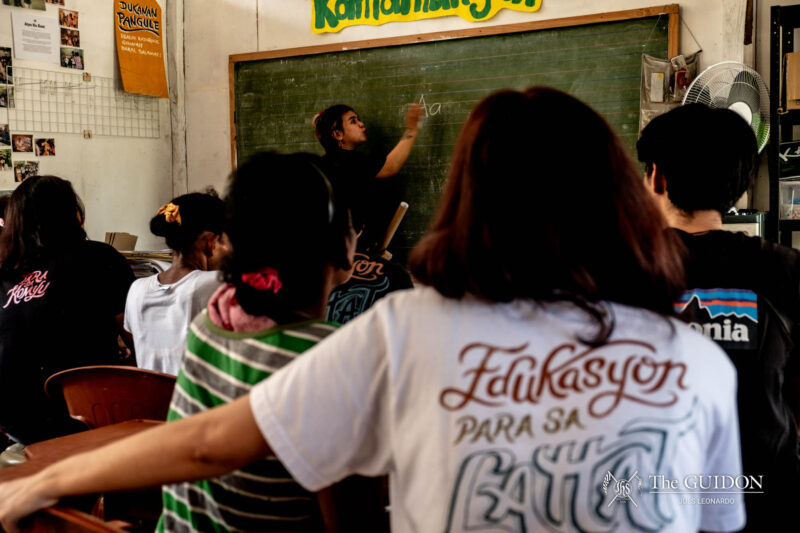UPON ENTERING the ring, the fighter isolates herself from the crowd. With eyes focused and relaxed, she slowly begins to pace around the ropes. As the hypnotic Thai beat starts to play, she calmly drops to her knees and solemnly offers the Wai Khru.
A traditional Thai ritual, the Wai Khru ceremony not only warms up the fighter but, more importantly, pays homage to the competitor’s teacher.
As Muay Thai fighter Jamie Lim shares, “Since boxing and MMA (Mixed Martial Arts) seem to share so many similar characteristics with Muay, keeping the ceremonies and traditions during the fights is a way of making it its own art.”
To the untrained eye, Muay Thai may appear to be a barbaric sport in which two individuals exhaust all their energy in physically beating one another. Despite its surging popularity due to exposure in different forms of media, it still carries the usual reputation of a dangerous sport: Injury-prone and packed with pure violence.
However, Muay Thai goes far beyond this negative perception. As the Ateneo Muay Thai team hopes to make people see, the sport is an art form and a true test of one’s character.
Ascend: A big leap
With a sport that’s not part of the University Athletic Association of the Philippines and a team that’s not accredited by the Ateneo College Athletics Office, Ateneo Muay Thai fighters’ opportunities to engage in tournaments are in short supply.
This lack of established tournaments for collegiate Muay Thai athletes is the reason Ascend, the first Philippine Thai Boxing Association (PTBA) interschool amateur Muay Thai competition, is such a significant development for the sport.
Held last July 14 at the Loyola Schools Covered Courts, the event was hosted by the Ateneo team and the PTBA. Aside from accommodating students, a rare occurrence for open tournaments, Ascend also went against the usual practice of basing competitions only on weight class and not competitors’ ages.
Team Captain Elton Evidente shares that Ateneo Muay Thai’s goal in Ascend was to form a student-based tournament in which all the opponents are not only of the same weight class but also of the same age group.
Evidente also zeroes in on how including students, apart from professionals, in the competition is a big step forward for the sport. “The art form itself will fail to progress unless you accommodate the youth,” he says in a mix of English and Filipino.
The Ateneo Muay Thai Coach Kru Andre Puertollano also shares that exposing them to more student-based tournaments can improve the performance of these younger fighters. “I really feel that we can improve [their performance] some more. I know there are kids from ages around 10, 11 or 12 years old that can put on a show. They just need to focus on the way they approach the game,” he says.
By the end of Ascend, four participants of the Ateneo team—referred to as Jaakphukao—won in their bouts. Bagging these home victories were Ateneo High School’s Raniel Santos, Management of Applied Chemistry sophomore Tris Santos, Psychology junior Jamie Lim and Interdisciplinary Studies junior Michael Mariano.
With the success of the competition, Puertollano concludes that things are looking up for Ateneo Muay Thai. “We really want to push for this to become a varsity. Maybe this will be the first step to make the community realize that we can compete, that [MuayThai] is a viable sport.”
If violence is all a person sees in Muay Thai, then they obviously don’t know the sport as much as they think they do.
— JAMIE LIM, Muay Thai fighter, Team Jaakphukao
Beyond violence
Martial arts will always have a sense of violence, but it should not be limited to just that. Aside from involving discipline and mastery of technique, it is an art form that revolves around the value of respect.
“If violence is all a person sees in Muay Thai, then they obviously don’t know the sport as much as they think they do,” Lim says. “It teaches you to respect not just your teammates but your opponents as well.”
Furthermore, the training these athletes go through takes commitment and passion. Though the number of students who train with the team has been growing, not all of them stay. Most leave because they are unable to handle the high-intensity practices, which include 10-kilometer runs and uphill sprints just for warm-ups.
With only one representative entering the ring at a time, Muay Thai in itself isn’t a team sport. But the members of Jaakphukao still work as a team outside the competition: Evidente proudly points out that those who choose to stay in the team share a bond that goes beyond the four corners of the ring.
With their ripped bodies, Muay Thai athletes come off as intimidating individuals. In reality, however, this is not the case. Despite possessing the ability to deliver devastating blows, these athletes carry the perfect balance of hostility and serenity, proving that they are not only disciplined fighters but also individuals who are at peace.

